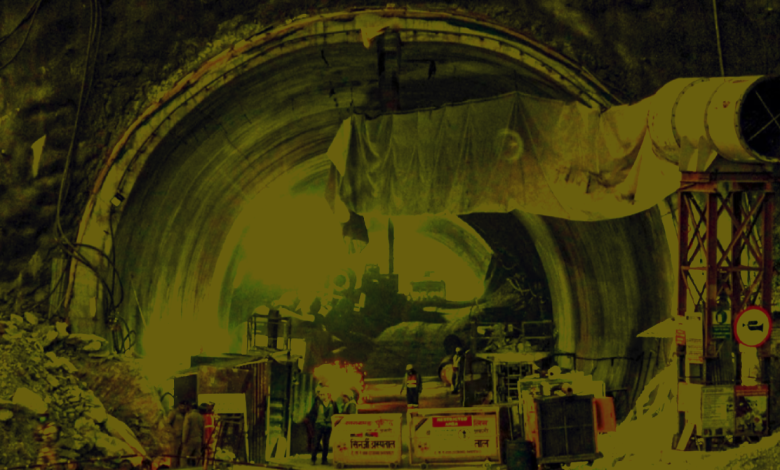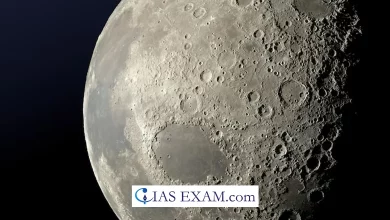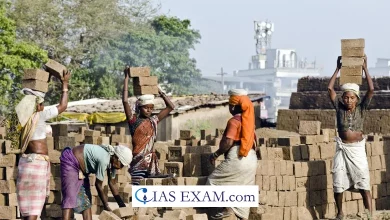Daily Current Affairs for UPSC
Uttarakhand Tunnel Collapse
Syllabus- Disaster Management [GS Paper-3]

Context- The under-construction Silkyara-Barkot tunnel in Uttarakhand collapsed.
Background
- The 4,531 km two-way tunnel is located on the Yamunotri National Highway in Uttarkashi district.
- This is part of Char Dham’s all-weather accessibility project.
- The purpose of building this tunnel is to provide all-weather connectivity to Yamunotri, one of the dhams of the Chardham Yatra, promoting regional socio-economic development, trade and tourism in the country.
Possible reasons for failure
- Loose piece of rock: The site may have consisted of broken or brittle rock, ie. a rock with many joints that could make it weak.
- Water infiltration: through open space.
- Water erodes loose rock particles over time, creating a gap at the top of the tunnel that cannot be seen.
Tunneling methods
- There are two methods: the drill and blast method (DBM) and the use of tunnel boring machines (TBM).
- DBM means drilling holes in rock and loading them with explosives. When the explosive is detonated, the rock will shatter.
- TBMs carried the rock from the front (using a rotary head) supporting the tunnel dug behind the machine placing precast concrete.
Difference between DBM and TBM
- Tunneling with TBM is more expensive than DBM, but much safer.
- TBMs cannot drill very high mountains. This can lead to rock cracking – when part of the rock suddenly falls off due to high stress.
- TBMs are ideal when the rock cover is up to 400 meters high.
- The underground tunnels of the Delhi Metro were excavated at a shallow depth by TBM. On the other hand, places like the Himalayas like Jammu, Kashmir and Uttarakhand usually use DBM.
Construction of a tunnel in the Himalayan region
- The Himalayas are young folded mountains (formed 40-50 million years ago) and continue to grow due to the collision between the Indian tectonic plate and the Eurasian tectonic plate. Sometimes the rock is too fragile for the tunnel. But elsewhere the stone is very good.
- Tunnels do not destroy the ecology of the mountain or hill. Tunnel technology is about 200 years old, and when done right, tunnels are not dangerous.
The most important aspect of tunnel construction
- Examining the rock through which the tunnel is to be made by sending seismic refraction waves through the rock to determine which areas are brittle or solid.
- Core sample extraction for petrographic analysis (microscopic examination to determine mineral content, grain size, texture and other characteristics).
- Track the location and check the behavior of the stone in different places. This is done with instruments such as strain gauges and strain gauges.
- The suitability of the supports installed in the tunnel must be tested. An independent specialist geologist will check for possible faults.
- They also determine the stand time of the stone – the amount of time a stone can remain stable without support. Kallio is supported while standing.
Source: The Hindu





.png)



